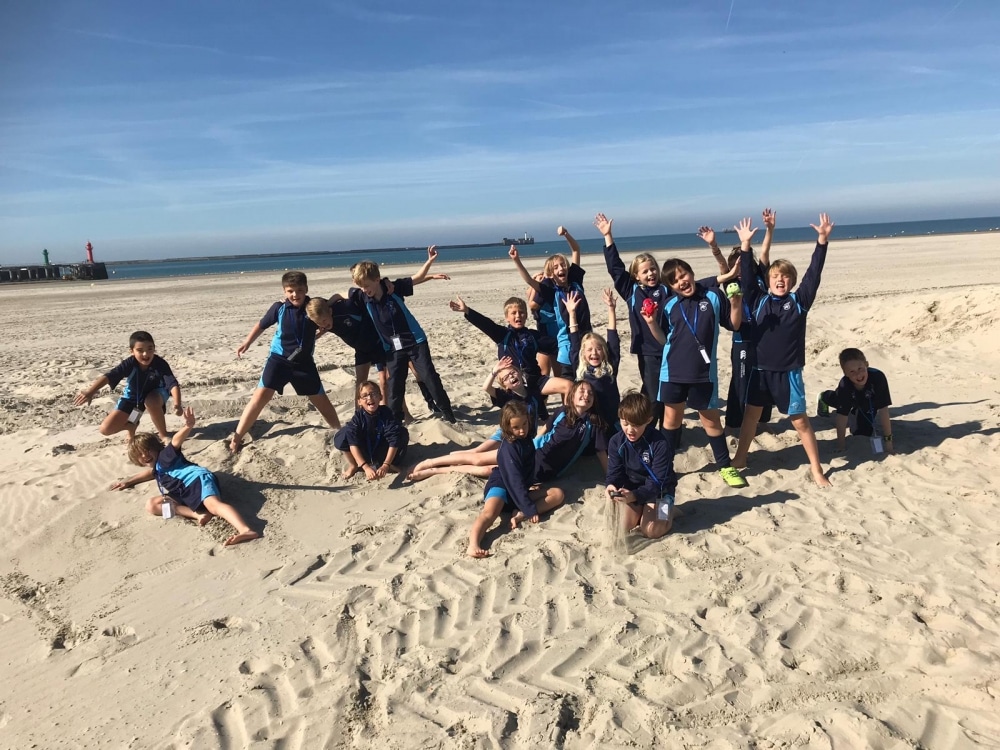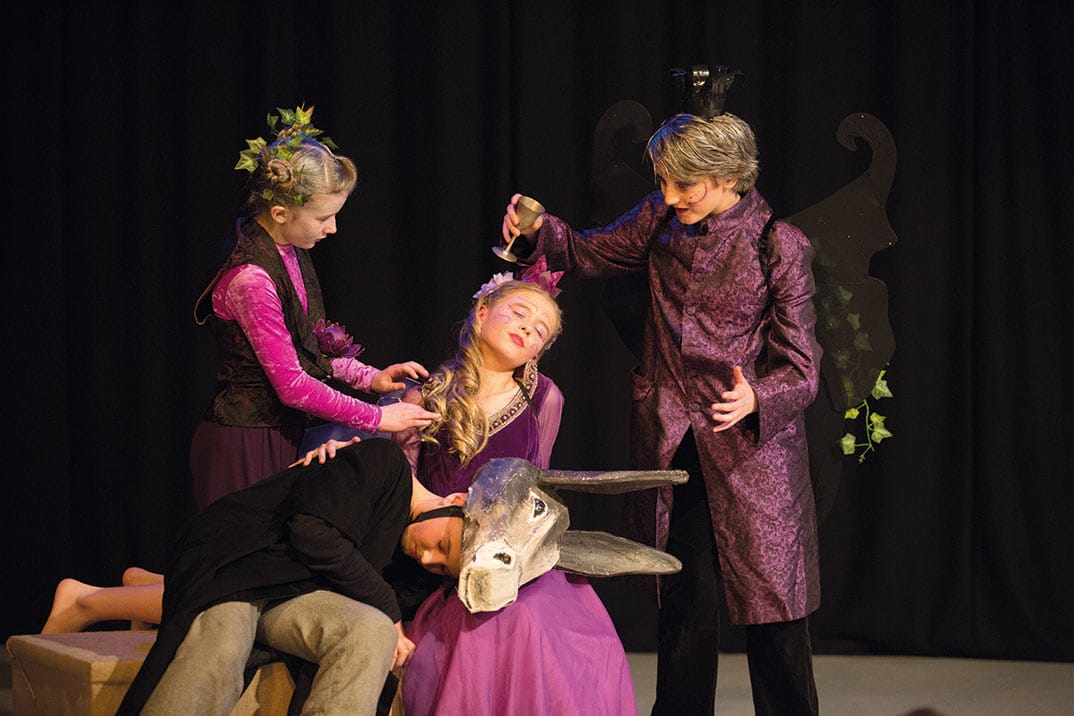Andrew Webster
Headmaster, The Mead School
In 1901, Wilbur Wright said ‘man will not fly for 50 years’. In 1927, Harry Warner (of Warner Brothers) said ‘Who the hell wants to hear actors talk?’ and in 1977, Ken Olsen, President of Digital Equipment Corp, said ‘There is no reason anyone would want a computer in their home’.
History is peppered with examples of mankind’s inability to understand the fundamental shifts that are happening beneath our feet and so we repeatedly appear surprised at a future which, in hindsight, seemed so inevitable. The same can be said of education.
Most schools now have high-speed Wi-Fi, a bank of laptops and iPads and an interactive board in every classroom. Homework can be channelled through online platforms and children are regularly encouraged to present their work digitally.
Unfortunately, this is all window dressing against a professional culture still dominated by Victorian attitudes to learning. The teacher remains god in the classroom and didactic, teacher-led learning persists.
What’s worse, the digital age is in danger of masking outdated methods. A passive learning experience which may previously have seen children copying from the board into their book now has them copying into a PowerPoint presentation.
Equally ineffective, but the latter suggests an element of independent thought because the child is able to choose their own background colour and transition animation!
‘Classroom connectivity is not a new type of learning, it is a development in classroom resourcing’
Indeed, the leading question for this article answers itself within its own phraseology. The suggestion is that ‘classroom creativity’ is something additional or different which has an intrinsic value on its own.
This is indicative of the culture which permeates. ‘Classroom connectivity’ is not a new type of learning, it is a development in classroom resourcing. This widely held misconception is responsible for the misuse and misunderstanding of the purpose of technology in the classroom.
As was the case 20 years ago (or 2,000 for that matter), a teacher’s first consideration should always be: what do the children need to learn/understand/be able to do and how do I enable as many of them as possible to achieve this objective to the largest possible extent?
Invariably, the subsequent activity in any successful lesson will have high levels of challenge and support where children have to explore and develop their thoughts and solve problems to find an answer.
The resourcing for the lesson is then chosen by the teacher on this basis. Resourcing should never be the starting point, i.e. I want them to use the iPads, so what can we do to justify using them?
However the digital age plays out, I’m sure in 20 years’ time there will be some fantastically short-sighted commentary to muse over about what will or will not be happening in classrooms by 2039.
David Slattery
Head of Computing at Claremont Prep School
“There is indeed a movement in education towards classroom connectivity. Electronic textbooks are increasingly used, homework can be submitted online, maths can be learnt via engaging websites and the list of skills (academic or vocational) you can learn via YouTube grows daily.
Our children are growing up in a digital world, and are enthusiastic about technology so it seems logical to try and harness this positivity by using electronic devices to enhance learning. Video explanations of key concepts can often bring learning to life more than through textual explanation alone.
Good software providers are able to offer e-Learning experiences that can be fully differentiated, ensuring children are able to learn at their own pace whilst ensuring the most able remain challenged and motivated to test themselves further.
‘It’s all about making sure that e-Learning experiences play to children’s varying strengths and motivations to learn’
However, as technology embeds itself into every aspect of our lives and children’s education, as teachers we must always ensure the pupils are learning with technology rather than using it merely to present what they have learnt.
Overreliance on technology runs the risk of children losing that moment of inspiration when their interest in a subject is piqued by experiencing learning ‘hands on’.
At Claremont Prep, some of the children’s most notable learning derives from projects that can’t be completed as effectively electronically. The many and varied exhibits they create for our annual science fair demonstrate their capacity for creativity and what can happen when they are free to indulge in their natural curiosity, direct their own learning and then experience it for real.
The effort and care they put into their models of ocean biomes, entries for the Young Art exhibition at the Royal College of Art and cross-curricular maths challenges place pupils at the centre of their own learning in a way that’s hard to replicate using technology alone.
Pressure on budgets in schools, a lack of working technology at home and broadband issues in rural areas also impact the efficacy of classroom connectivity. With technology, it’s all about getting the balance right and making sure that e-Learning experiences play to children’s varying strengths and motivations to learn.









